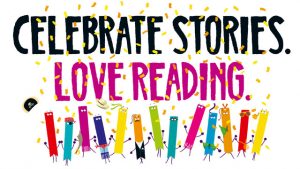
World Book Day 2019
Thursday 7th March 2019
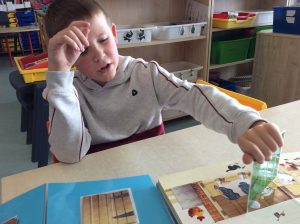
The children from Sinéad’s class really enjoy reading. In our classroom we use adapted books to help engage the children so that they can really interact with the story they are reading. For World Book Day 2019 we thought we would share some of the adapted books we use during reading time.
What are Adapted Books?
Adapted books are just like regular books, but some pictures have been added so that they have an interactive element. Board books tend to work best because they can withstand the kind of use an adapted book gets. The reader has something to do on each page which helps to focus their attention. Adapted books help to teach important literacy skills such as left to right reading direction and page turning skills. Through using the books the children quickly learn to independently engage with a story, turning pages from front to back and paying attention to each page as they read.
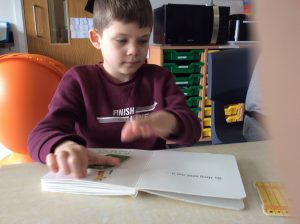
How to make an Adapted Book.
The first step in creating an adapted book is choosing a story that sparks an interest for the child. There are so many lovely books for beginning readers it is not difficult to find one that suits. Some of our favourites are: ‘Dear Zoo’ by Rod Campbell, ‘Monkey and Me’ by Emily Gravett and ‘Brown Bear, Brown Bear, What Do You See?’ by Bill Martin Jr and Eric Carle.
With lift the flap books such as ‘Dear Zoo’ the easiest thing to do is remove the flaps, laminate them, and then re-attach them using velcro. Then each time the child reads the book they can remove the flap to see what is underneath. Depending on the skill of the reader, they can do different things with the flap they have removed.
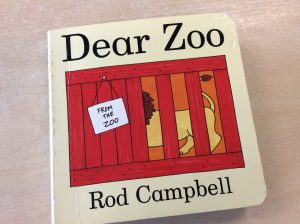
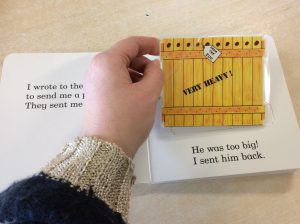
At the easiest level, they can simply post the removed flap into a box. When children have learned to match pictures, a laminated page can be attached to the end of the book with photocopies of the different removable flaps. The child can then match the removed flap to the corresponding picture. Using velcro here too allows the child to work independently.
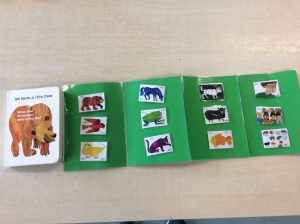
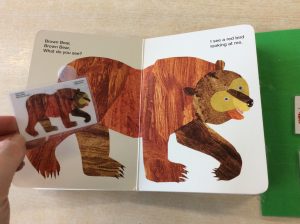
Once this skill has been mastered the reader can begin to match pictures to similar pictures. For example, in ‘Monkey and Me’ the drawing of penguins are matched to a real life photograph of penguins. At later stages pictures could be matched to text or posted in response to comprehension questions. The possibilities are endless. It just takes time, access to a decent printer, laminator and bucket loads of velcro!
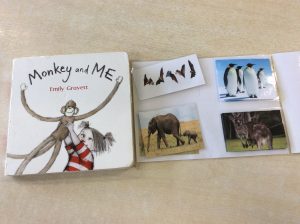
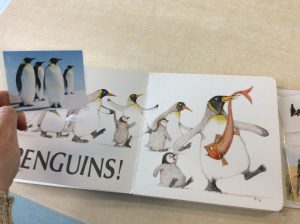
We Can Never Have Too Many Board Books!
We are always on the look out for good board books to adapt and add to our collection. If you would like to donate any books you feel might be suitable, that are no longer being used by your young readers at home, we would be very happy to give them a forever home here. Just get in touch with Sinéad at [email protected].
